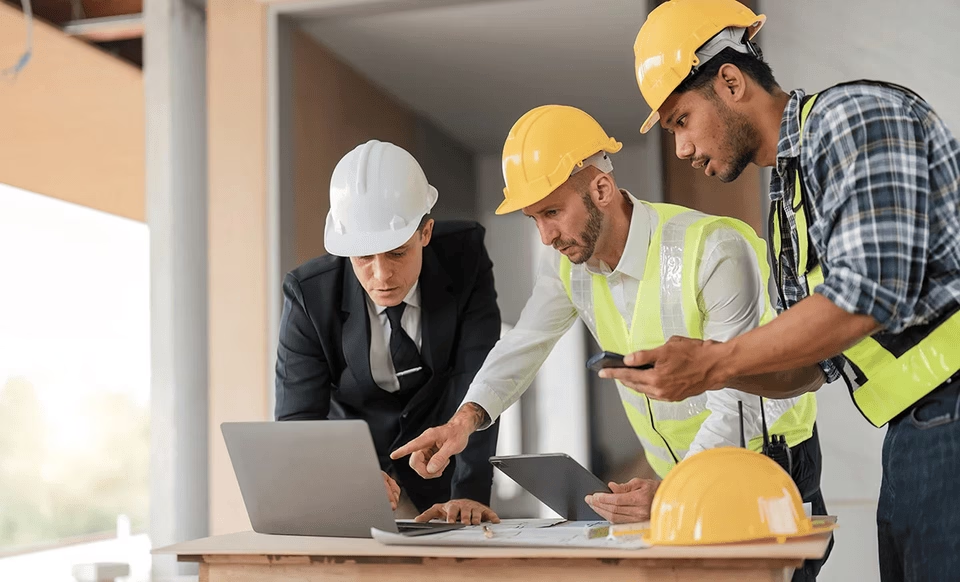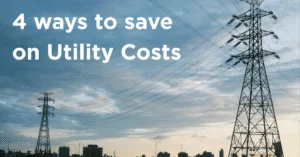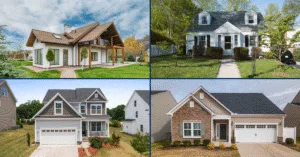Many investors admit they are unfamiliar with building systems or construction. The question comes up often: Do you need to understand these things in order to own real estate? The short answer is no.
You don’t need to be an expert to be an investor. But you do need to understand some basics if you want to protect your investment and avoid costly mistakes.
Here are six things real estate investors should know about building and construction to be successful.
1. How do building basics affect your numbers?
The first step is to understand how building components directly connect to your financials. A simple example is heating. If an apartment building uses electric baseboard heat, and tenants are responsible for paying that bill, you might think you’re saving money. In reality, electric heat is expensive. Tenants faced with high utility costs are more likely to move out sooner than if the building had a more efficient natural gas furnace.
The same logic applies to other building systems. Poor efficiency might not show up on your balance sheet, but it can still hurt your bottom line by shortening tenant stays or making the property less competitive in the market.
2. What utilities can you pass along?
Every municipality in Pennsylvania sets its own rules for utilities, and you need to know what applies to your property so you can appropriately set up leases. Electric service is often able to be passed to tenants. Trash service, on the other hand, may or may not be something you can pass along.
In some areas, landlords pay and recover costs through rent. In others, tenants contract directly with the service providers. When rules aren’t flexible, landlords sometimes create a utility bill-back system, dividing costs among tenants in a flat fee. The key is to know the boundaries where your property is located and set expectations with tenants clearly.
3. Do you have a trusted team of experts?
You can’t know everything about HVAC systems, electrical panels, roofing materials, and plumbing. That’s where contractors and service providers come in – but not all providers are created equal.
The wrong advice can be expensive. An HVAC contractor who tells you the unit needs to be replaced instead of repaired every time you have an issue could cost you tens of thousands of dollars. That’s why it’s crucial to build relationships with people you trust. Ask questions, compare their input to other opinions, and verify when something doesn’t seem right. A reliable contractor or service provider can save you money for years to come.
4. Have you compared quotes and looked beyond the price?
When it’s time to update flooring, paint exteriors, or replace roofs, most owners know to gather several quotes. The mistake comes in assuming the lowest price is the best choice.
A contractor using cheap materials or rushing installation can leave you with problems long before the work should reasonably fail. Look at what kind of product they’re offering, what the warranty says, how long it should last, and how it’s being installed. Spending a little more up front can often pay off in the long run.
Educating yourself enough to ask the right questions will help you avoid paying twice for the same project. And be wary of quotes that are way lower than the others.
5. Are you creating a high-maintenance or low-maintenance property?
Some properties are naturally more demanding than others. A stucco exterior looks sharp, but it requires frequent repainting and patching. Vinyl siding, on the other hand, needs much less attention.
Older buildings add another layer of risk. Does the property have lead-based paint? You will have to be extra cautious about peeling or chipping paint, which comes with safety hazards and legal responsibilities.
Roof types, window quality, and even landscaping design all contribute to the ongoing maintenance costs you will face. Learning the difference between high-maintenance and low-maintenance building features helps you to plan realistically for the time and money required to keep your property in good shape.
6. Have you overlooked any safety measures?
Safety is often underestimated until something happens. Fires in multifamily buildings are more common than most investors realize, and even a simple slip on a staircase can create a legal and financial nightmare.
Every building should be evaluated for safety basics: handrails on stairs, smoke detectors in every unit, fire extinguishers where required, and clear evacuation routes. These aren’t just code requirements. They protect tenants, reduce liability, and may even help with your insurance premiums. Skipping this step can cost much more than the improvements themselves.
Final Thoughts
Owning real estate doesn’t require you to be a contractor. But it does require you to understand the connection between building features and your financial success. Efficiency, utilities, safety measures, trusted contractors, maintenance demands, and quality of work all play a role in whether your property becomes a long-term asset or recurring headache.
Many investors we work with appreciate our balance of practical building knowledge and investment strategy that helps them grow with confidence. If you are looking to expand your portfolio, contact us to discuss how we can help you evaluate properties and protect your returns.





